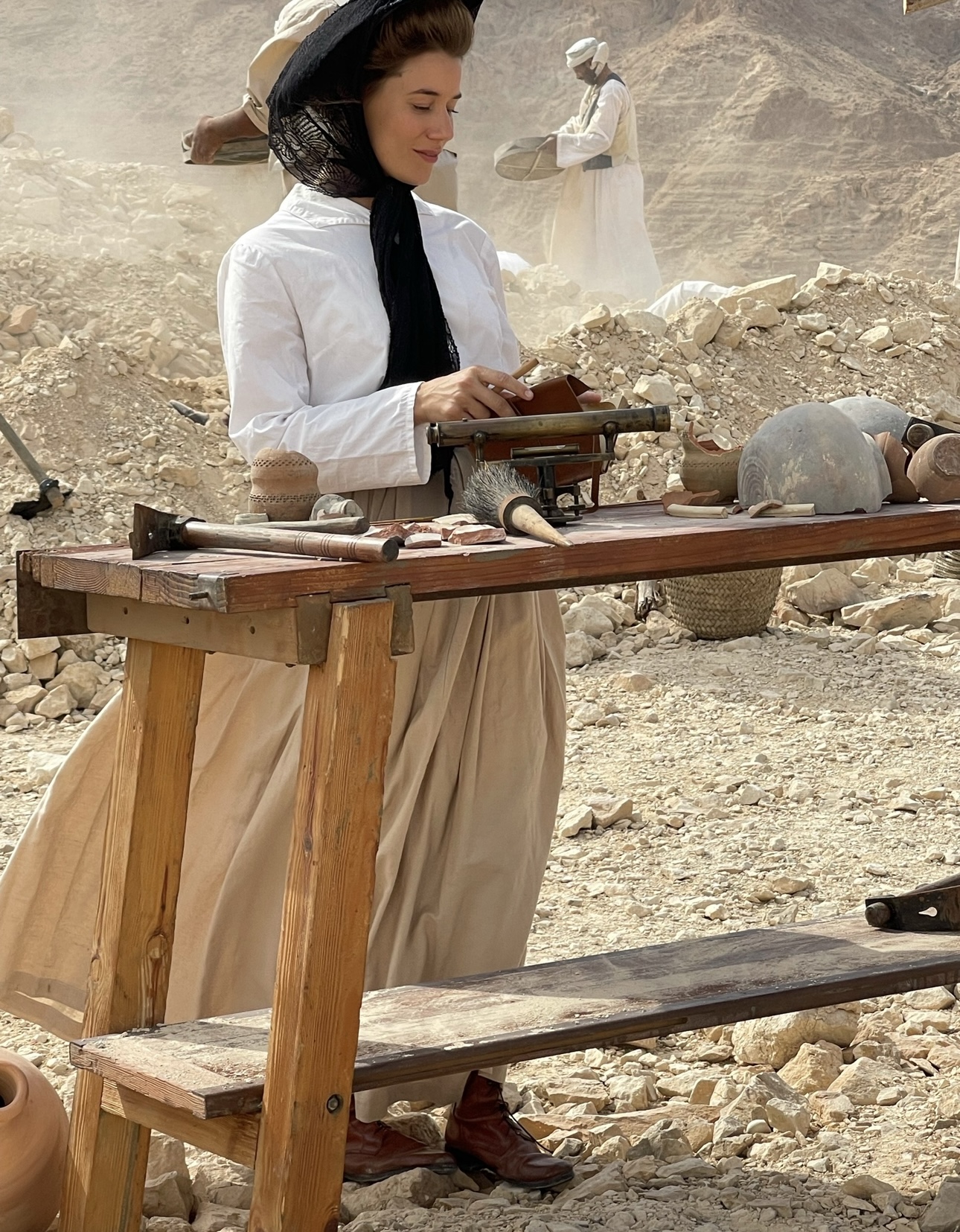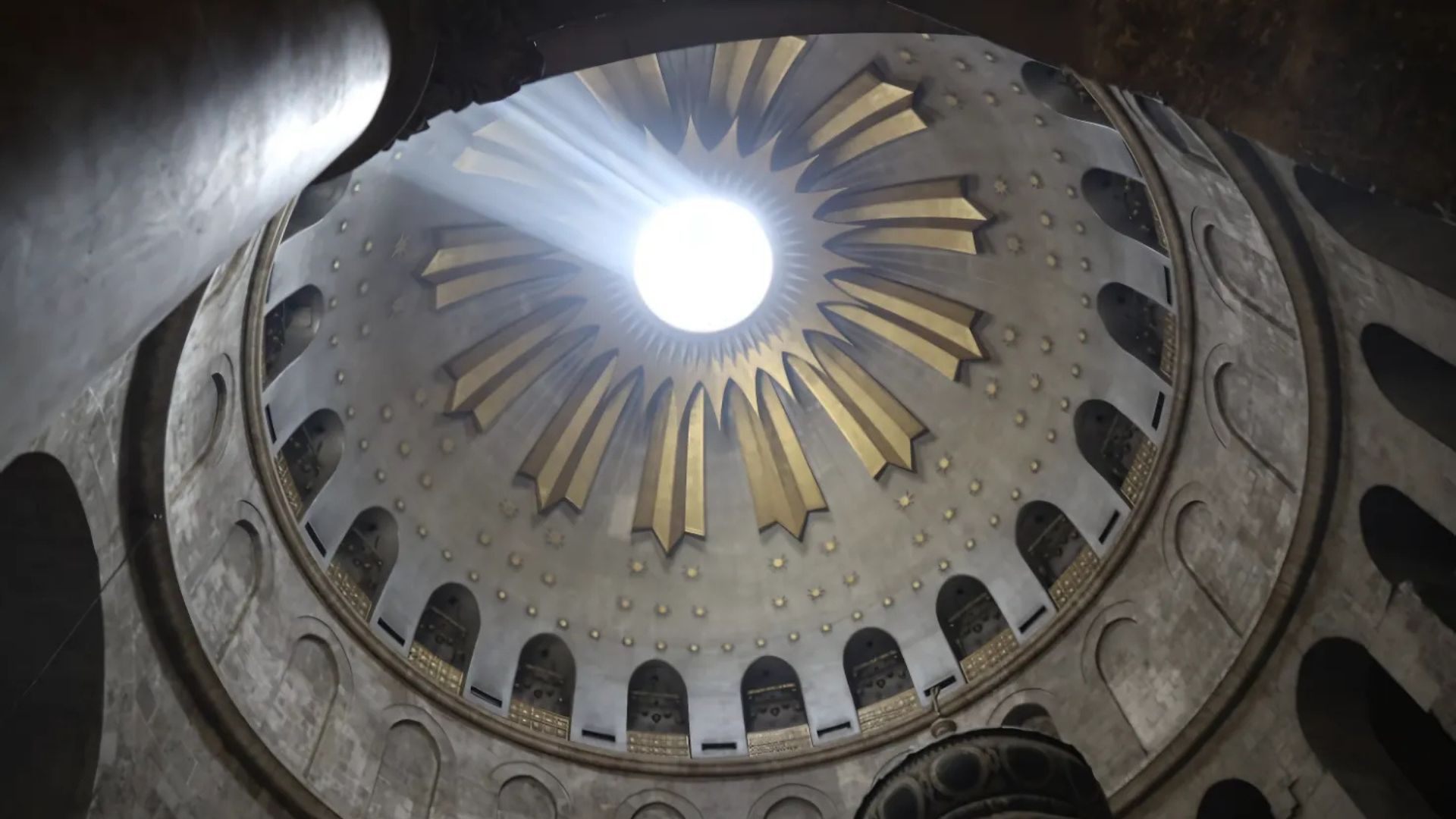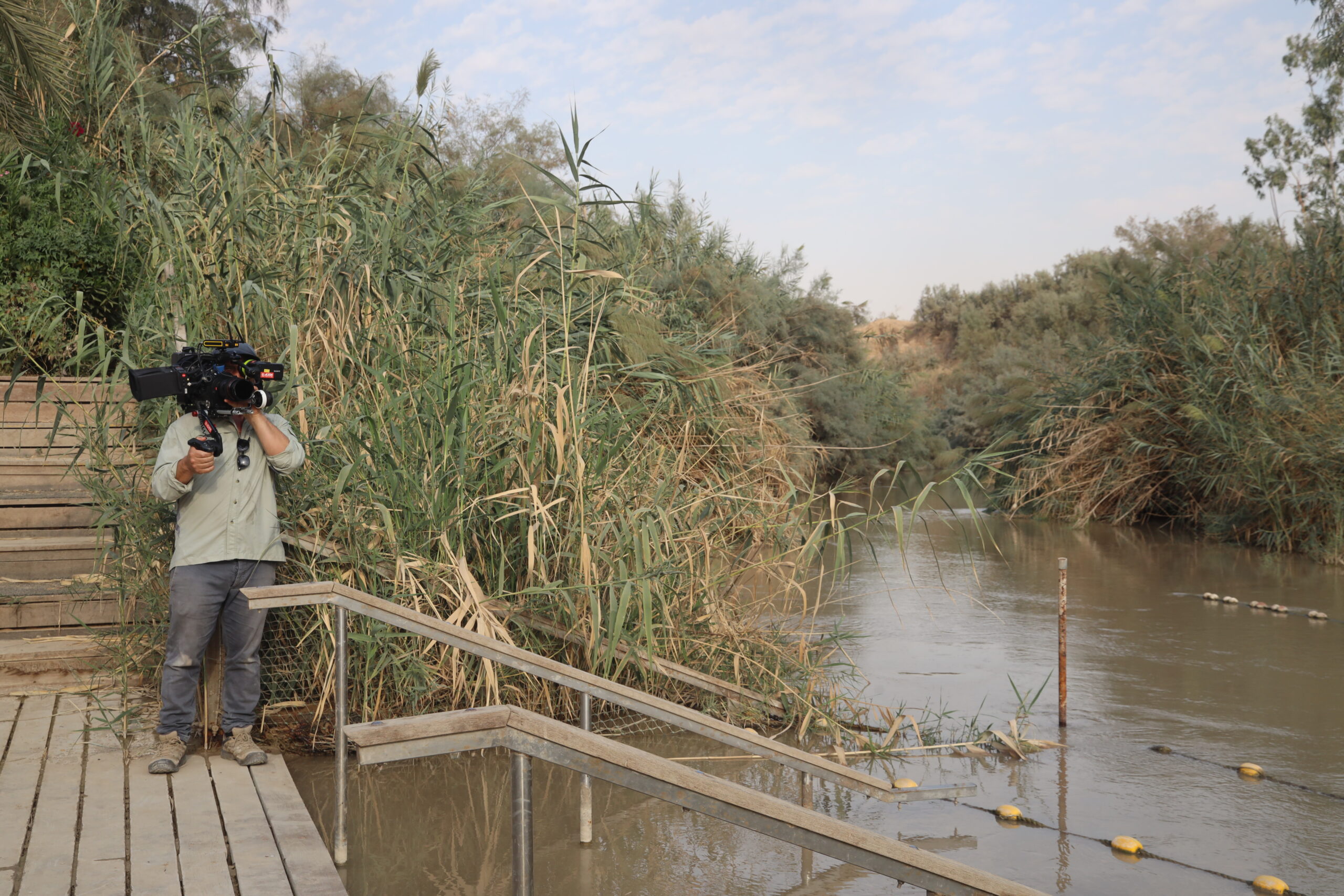In faith-based cinema, the clothes characters wear do more than cover they communicate. A well-chosen cloak, tunic, or head covering can immerse viewers in the biblical world and evoke emotional responses rooted in reverence, familiarity, and awe.
But crafting believable wardrobes for biblical stories isn’t just about aesthetics. It’s about understanding history, geography, and the power of visual symbolism. Especially when filming in the Holy Land, where every rock and robe might echo with centuries of meaning, attention to costume detail is both an artistic and spiritual act.
Time and Place Matter
Biblical stories unfold across a wide historical canvas. From the patriarchs to the apostles, each period brought its own fashion cues, materials, and cultural norms. A costume for a priest in the time of Solomon would differ greatly from a fisherman in Galilee.
That’s why grounding your costume design in a clear historical context is key. Work with timelines, locate your narrative in a specific region and era, and let archaeological records and biblical scholarship guide your choices.
The Language of Materials
When viewers see shiny synthetic fabrics or modern fasteners, the illusion breaks. Faith-based productions thrive on authenticity, and that starts with texture. Natural materials like linen, wool, and leather not only look right, they also behave realistically on screen.
Colors, too, carry weight. Earth tones and faded hues help costumes blend into the landscape and create a sense of realism. Bright dyes and bleached whites, rarely accessible in ancient times, can feel jarring unless used with purpose, for instance, to highlight wealth or purity.
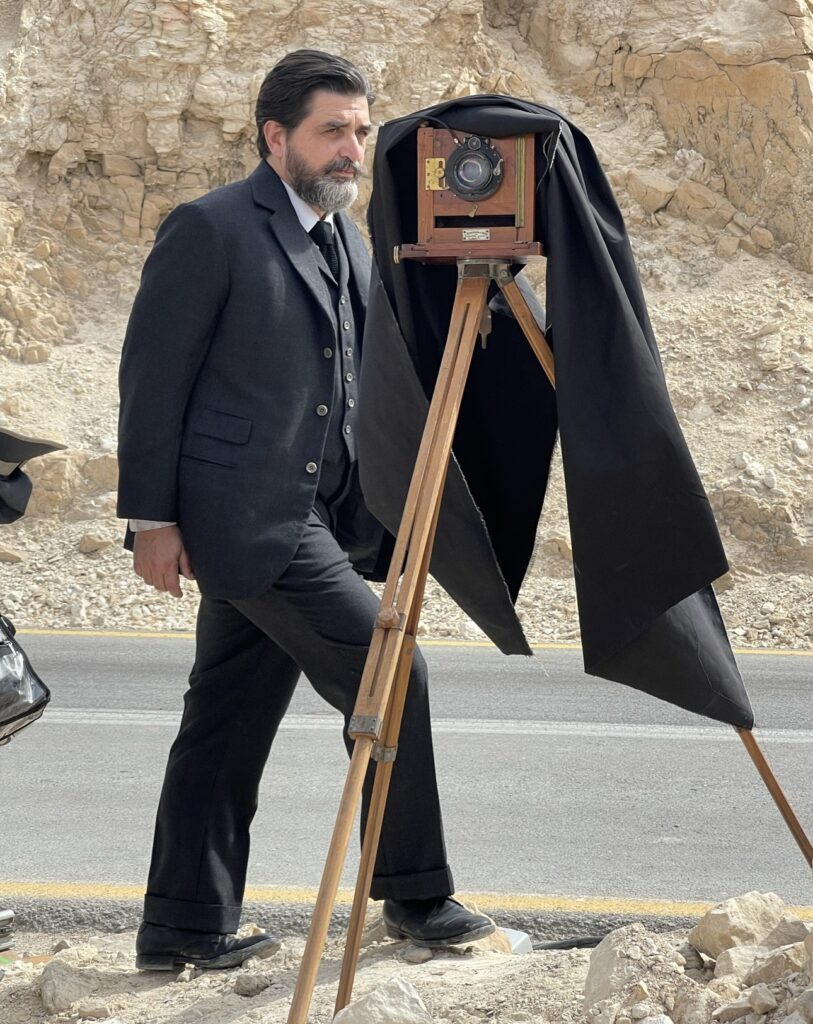
Social Codes in Clothing
Costumes were powerful signifiers in biblical times. Clothing told others who you were, what you believed, and how society viewed you. Royalty wore layered robes with rich pigments; shepherds wore rough tunics; religious figures often wore specific garments tied to ritual laws.
In film, these distinctions help orient the viewer without exposition. A prophet’s worn sandals, a widow’s veil, or a centurion’s armor immediately set expectations and context.
Working with Local Experts
Filming in the Holy land offers access to talented designers, costume houses, and historians who specialize in biblical wardrobe. These professionals understand not only the technical requirements of a shoot but also the cultural sensitivities involved.
They can help productions:
- Find or recreate era-appropriate clothing
- Respect modesty norms across denominations
- Source local fabrics and textures
- Age or distress costumes naturally for realism
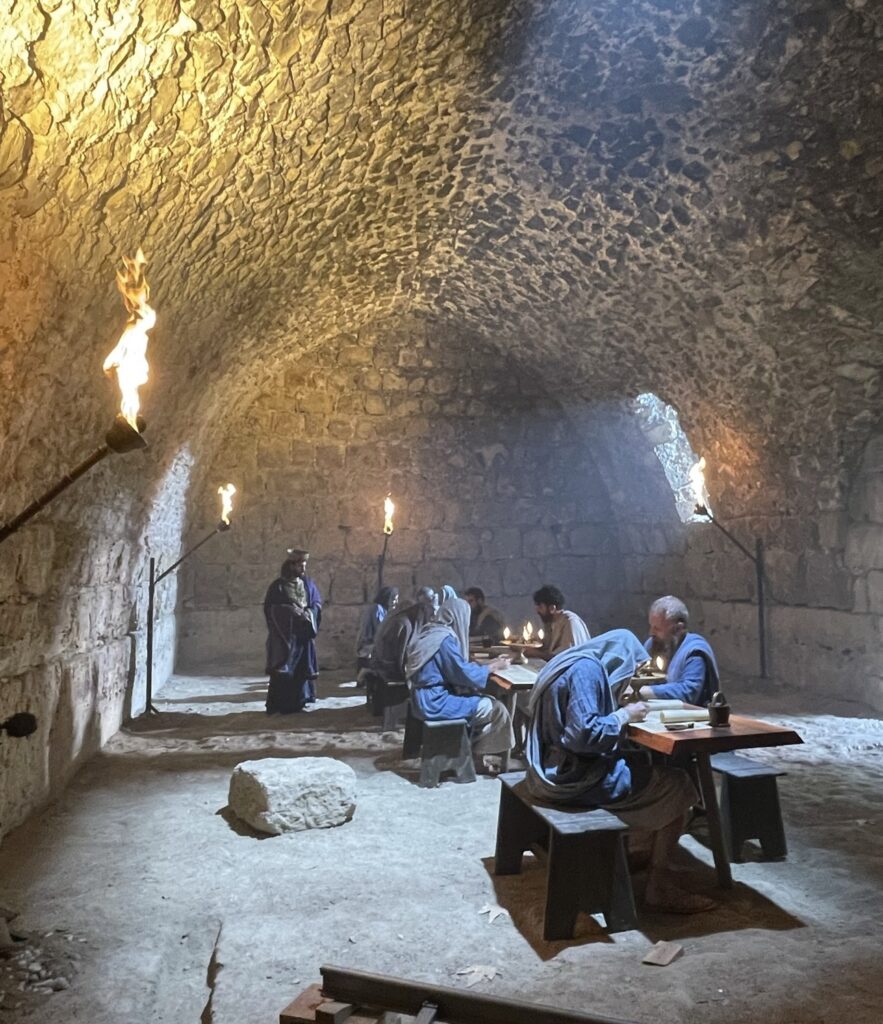
Creative Interpretation vs. Historical Accuracy
Faith-based films often walk the line between documentation and dramatization. While accuracy is essential, it shouldn’t get in the way of storytelling. Directors may choose to stylize certain elements to highlight a theme or emotion.
The key is intentionality. When you know the rules, you can break them meaningfully.
A Visual Covenant
In sacred cinema, costume design becomes a form of covenant, a promise between the filmmaker and the viewer to honor the story’s origins. Every thread and fold contributes to a shared understanding of time, place, and spirit.
At HolyLandFilm, we collaborate with productions to source, design, and fit costumes that speak the language of faith. From humble garments to kingly robes, we help bring biblical stories to life — with reverence, precision, and style.
Read more about:

